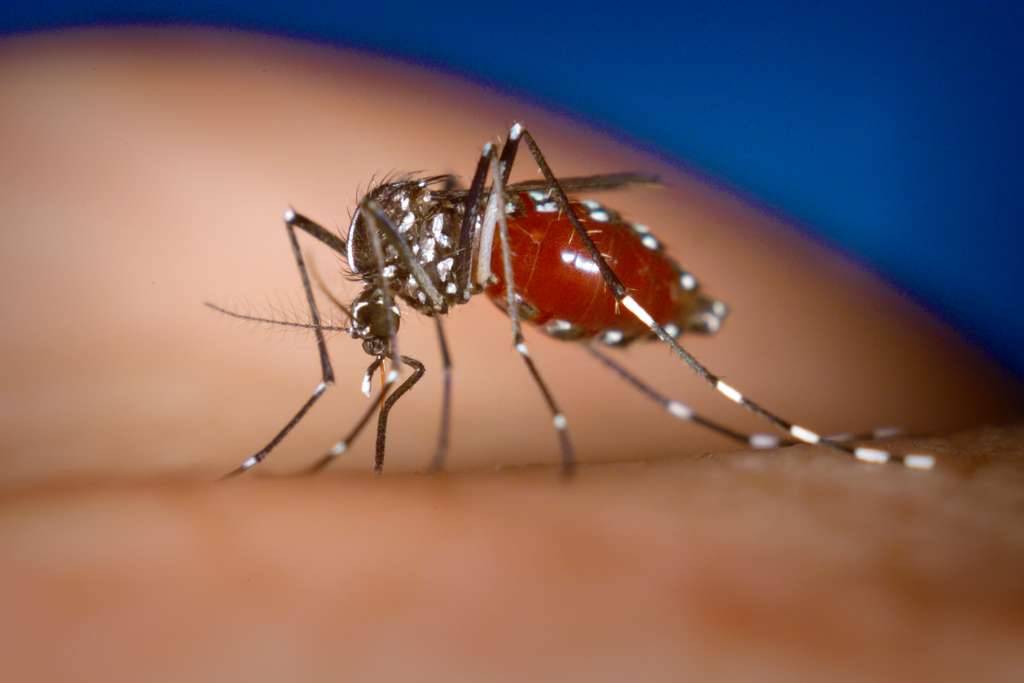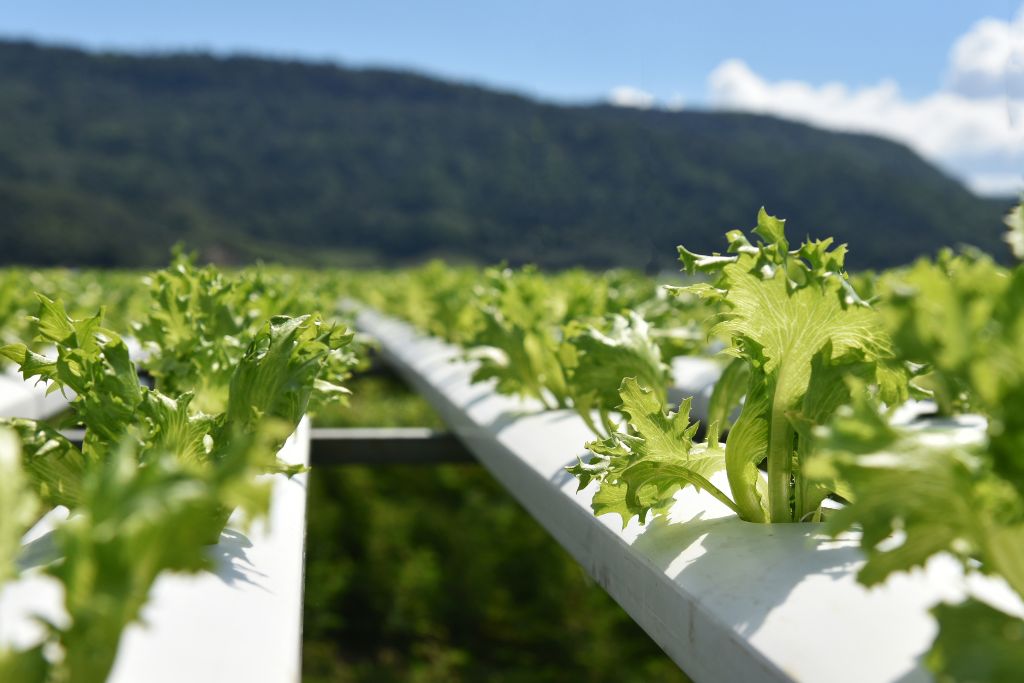Lawns can be a huge asset or liability in a home, depending on the size and shape of the lawn. A small lawn can easily be mowed with a push mower, while a large lawn may need to be done in sections. There are many ways to care for your lawn, but it’s important to select the right one for your needs. There are many things that you can do to your lawn to help it flourish during the spring and summer seasons. You can fertilize your lawn, aerate it, and oversee it. Also, you can prevent weeds.
Aeration
After winter is a good time to aerate your lawn. Aeration will increase the number of holes in the soil, which increases the amount of oxygen and water that can reach the root of the turf. This will promote growth and make the grass thicker.
Some homeowners choose to aerate the lawn themselves. Another option is to hire a professional to do the work. Lawn aerators will make holes in the soil and deliver fertilizer directly to the grassroots. The holes help improve the topsoil layer and give the seeds a great opportunity to germinate.
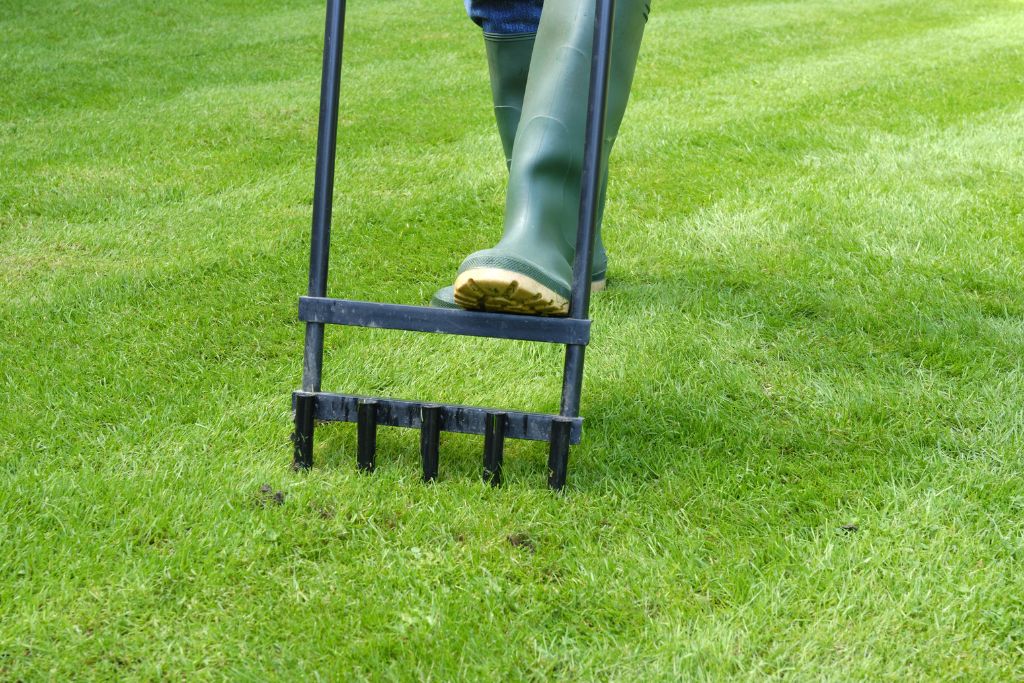
There are several things to consider when choosing the best time to aerate your lawn. You should aim for 20 to 40 holes per square foot. If you have heavy clay soil, you may need to aerate your lawn annually.
Besides allowing water and air to reach the grassroots, aeration can reduce thatch. Thatch is the layer of decomposing organic matter that forms between the grass and the soil.
Fertilization
Keeping your lawn looking good all year long requires a little planning. Getting the right amount of fertilizer at the right time can help keep your lawn healthy and thriving. However, applying too much can do more harm than good.
In addition to supplying your lawn with nutrients, fertilizers also act as a protective shield against extreme weather conditions. Winter is tough on your lawn. Using the right kind of fertilizer during the winter months can make all the difference.

The best time to apply lawn fertilizer is between August and October. This allows your grass to have enough time to take up the nutrients it needs before the cold weather sets in. A quick-release type of fertilizer will soak up into the soil more easily and won’t wash away as quickly. If you need assistance finding the perfect formula, your local garden center can provide some guidance.
There are many fertilizers to choose from. Choosing the right one for your situation will depend on your climate and grass type. Although there are numerous fertilizers to choose from, one of the best choices is a slow-release nitrogen-rich product.
Overseeding
Overseeding your lawn after winter is a great way to restore the beauty of your lawn. It’s an inexpensive way to make your lawn look better and healthier. But there are several steps you should follow before you overseed.
First, you’ll need to know how much seed you need. You can find out by measuring the width and length of your lawn. Then multiply those numbers. This gives you the square footage you need.
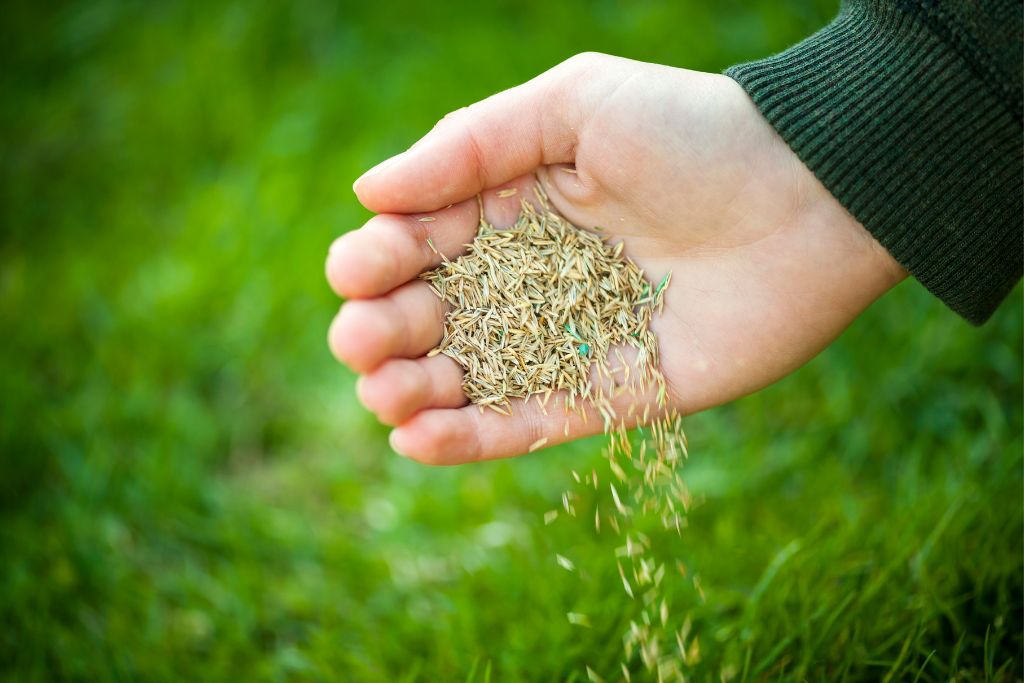
Next, you’ll want to choose the type of grass you’re going to oversee. Knowing what the climate is in your area will help you choose the right kind of seeds. Some of the most common are Bermudagrass, St. Augustinegrass, Zoysiagrass, and centipedegrass.
After identifying your grass type, you need to find the best time to overseed. In general, the best time is in the late summer or early fall. During this time, the weather is warm enough for germination. And weed competition is minimal.
Once you have decided when to overseed, the next step is preparing the soil. If your lawn has a thick layer of thatch, you’ll need to dethatch it first. Thatch will prevent your new seeds from reaching the soil.
Preventing weeds
You can easily prevent weeds on your lawn after winter if you know how to do it. A number of different species of weeds grow throughout the cold season and set seed in the fall. If you do not want these weeds growing on your lawn in the spring, you can prevent them by applying a pre-emergent herbicide.
The best time to apply for a pre-emergent is in late fall or early spring. These products kill weed seeds before they can sprout and grow. They can also be applied to existing landscape beds for the purpose of preventing weeds.
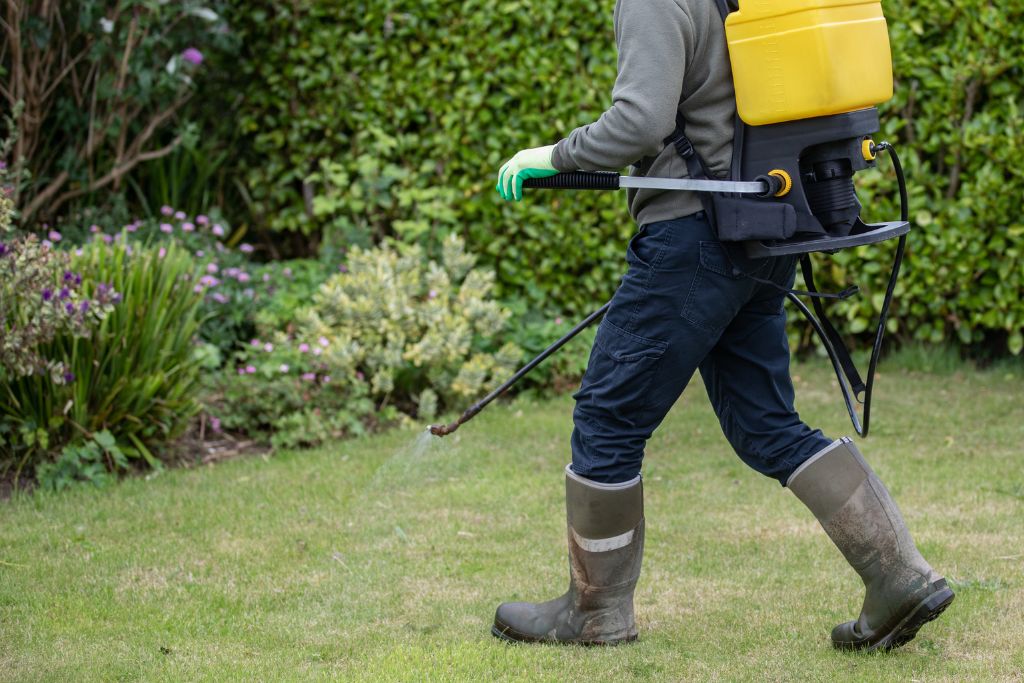
One type of weed to watch out for is the woody biennial. This type of weed grows year after year, producing woody stems and trunks. Examples include Japanese honeysuckle, the tree of heaven, and poison ivy.
Other types of weeds include annual and perennial weeds. These weeds begin their lifecycle in the fall and then start to bloom in the spring. Some of these weeds, such as thistle and chickweed, will stay in the ground and flower for a year.






